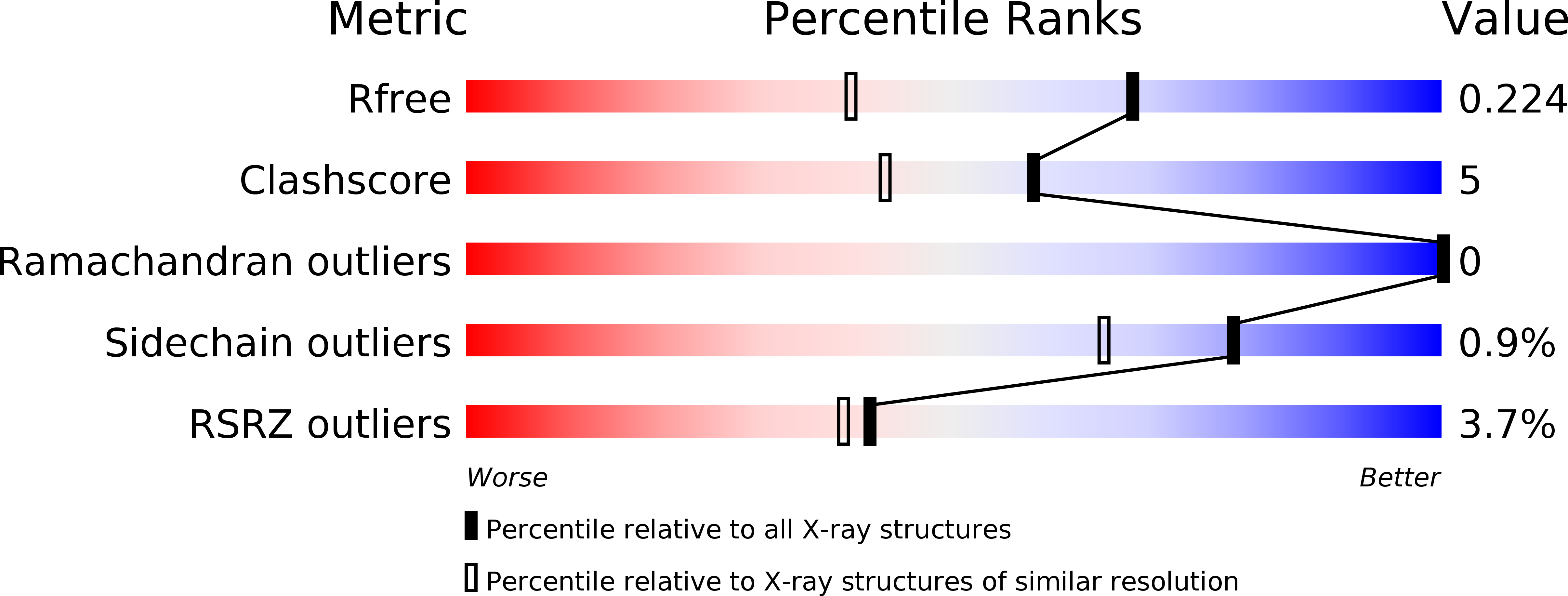
Deposition Date
2015-11-27
Release Date
2017-04-05
Last Version Date
2024-01-10
Entry Detail
PDB ID:
5F0G
Keywords:
Title:
Structure of the glutathione transferase delta 2 from Drosophila melanogaster
Biological Source:
Source Organism:
Drosophila melanogaster (Taxon ID: 7227)
Host Organism:
Method Details:
Experimental Method:
Resolution:
1.60 Å
R-Value Free:
0.21
R-Value Work:
0.17
R-Value Observed:
0.17
Space Group:
P 1 21 1


